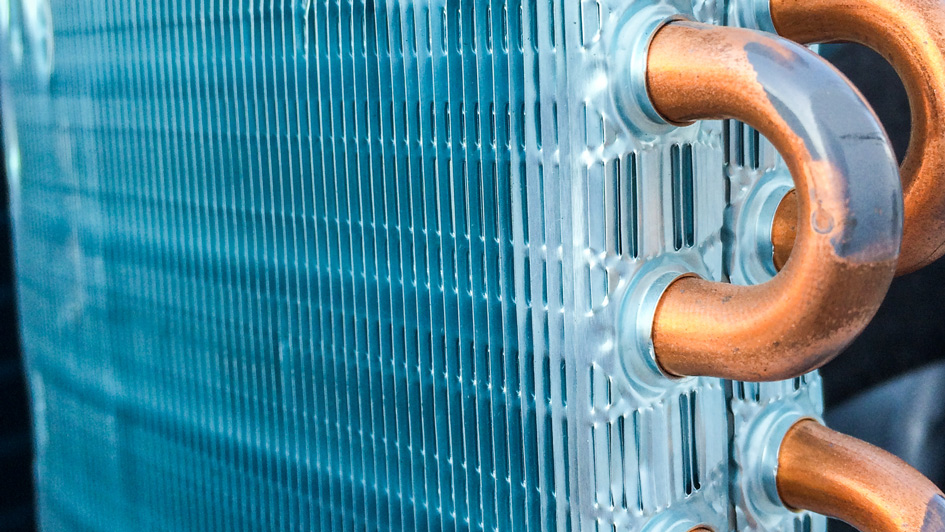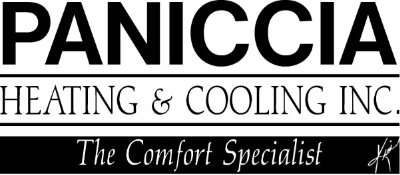
A furnace is almost always a background player in your home, ensuring you're warm across the cold winter months. It frequently isn't noticed until something goes wrong.
One source may be that your furnace has a cracked heat exchanger. It’s a potentially dangerous issue, so it’s critical to learn the symptoms of a cracked heat exchanger and what you can do if you suspect that may be the problem.
What Is a Heat Exchanger in a Furnace?
A heat exchanger transfers heat from the combustion chamber in your furnace to the air that moves throughout the system. It typically does this via coils or tubes that heat up the air while acting as a barrier to keep byproducts formed in the combustion chamber, called flue gasses, from getting out into your home.
Is a Cracked Heat Exchanger Dangerous?
Thanks to its key role, it’s no surprise that a broken heat exchanger can be hazardous. A damaged heat exchanger can permit dangerous gasses – including carbon monoxide, which can be lethal – to be distributed throughout your home.
For that reason, don't ever run your furnace if you suspect it has a cracked heat exchanger, as this could make the whole household sick. Reach out to an HVAC professional as soon as possible if you think your heating has a cracked heat exchanger that needs repair.
Four Signs of a Cracked Heat Exchanger:
- Furnace shuts off: A cracked heat exchanger may cause your furnace to switch off.
- Odd Smells: If the air coming out of your furnace has a strong chemical scent, it could be an indicator that gas is seeping through cracks in your heat exchanger. These byproducts, which can smell like formaldehyde, are a major warning sign.
- Carbon monoxide alarm goes off or you notice symptoms of poisoning: If a cracked heat exchanger is releasing carbon monoxide into your home, your carbon monoxide alarm could go off or family members may experience signs of carbon monoxide poisoning. Side effects include headaches, dizziness, weakness, nausea, vomiting or feeling tired. If your alarm goes off or you feel unusually tired, get out of the home immediately and then call for help.
- Soot: If you see black sooty buildup near the exterior of your furnace, it’s another sign something might be seriously wrong.
What to Do if Your Furnace Heat Exchanger is Cracked
If you believe your furnace has a cracked heat exchanger, contact a professional experienced in furnace installation Michigan City as soon as possible so they can inspect your system and, if required, handle a furnace heat exchanger replacement. Costs will differ depending on the situation, but estimates run in the neighborhood of $1,000 to $3,000.
Fortunately, the good news is that heat exchangers are regularly included in the warranty. You’ll want to confirm the warranty paperwork on your furnace, because while the warranty may not cover the entire cost of repairs, it could significantly shrink your bill.
How to Avoid a Cracked Heat Exchanger in Your Home
One of the easiest ways to avoid problems in your furnace overall is via consistent furnace maintenance. Furnaces provide the best possible return on investment when they operate efficiently. Calling a trained professional to examine your furnace for old parts, clogs in the air filters and other potential problems can help you avoid getting a big bill later on.
It’s also a good idea to review your furnace filters every few months – it’s encouraged some filters be changed every 90 days or sooner if they are dirty or grimy. While the filters aren't connected to the heat exchanger itself, the strain of pulling air through a clogged filter makes your entire furnace work harder to do its job. And the harder your furnace has to work, the more wear and tear pieces like the heat exchanger will sustain.
